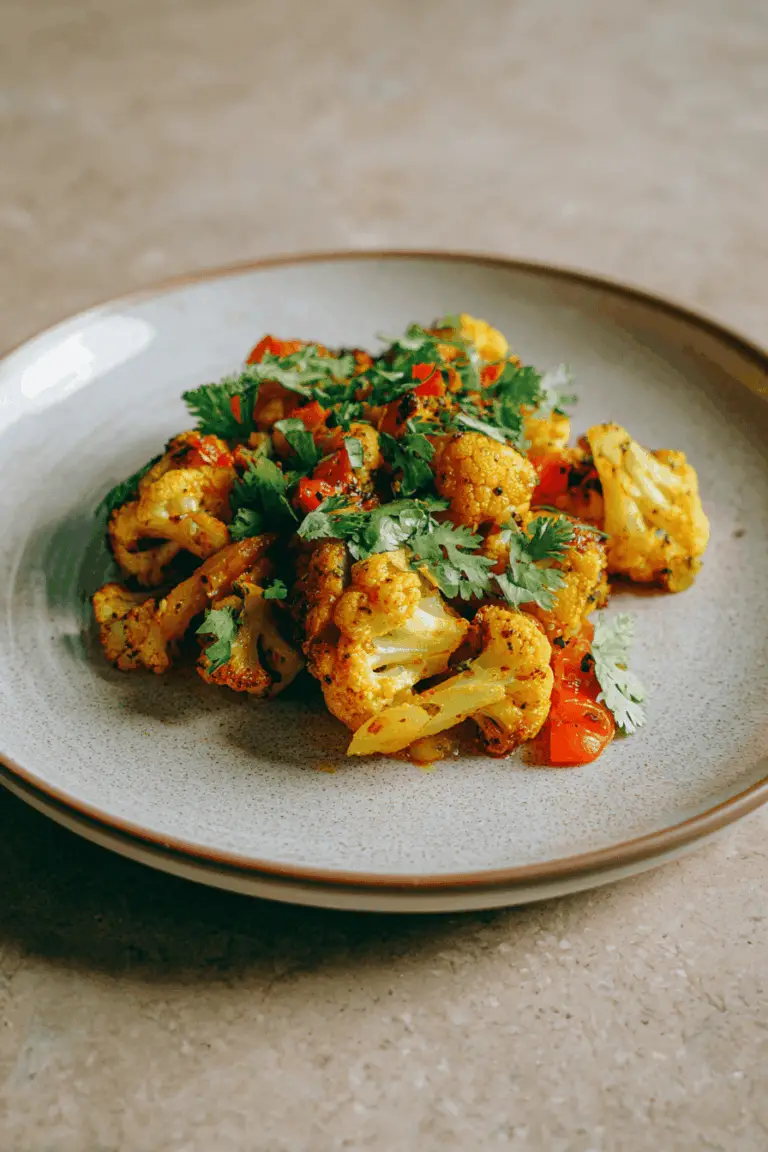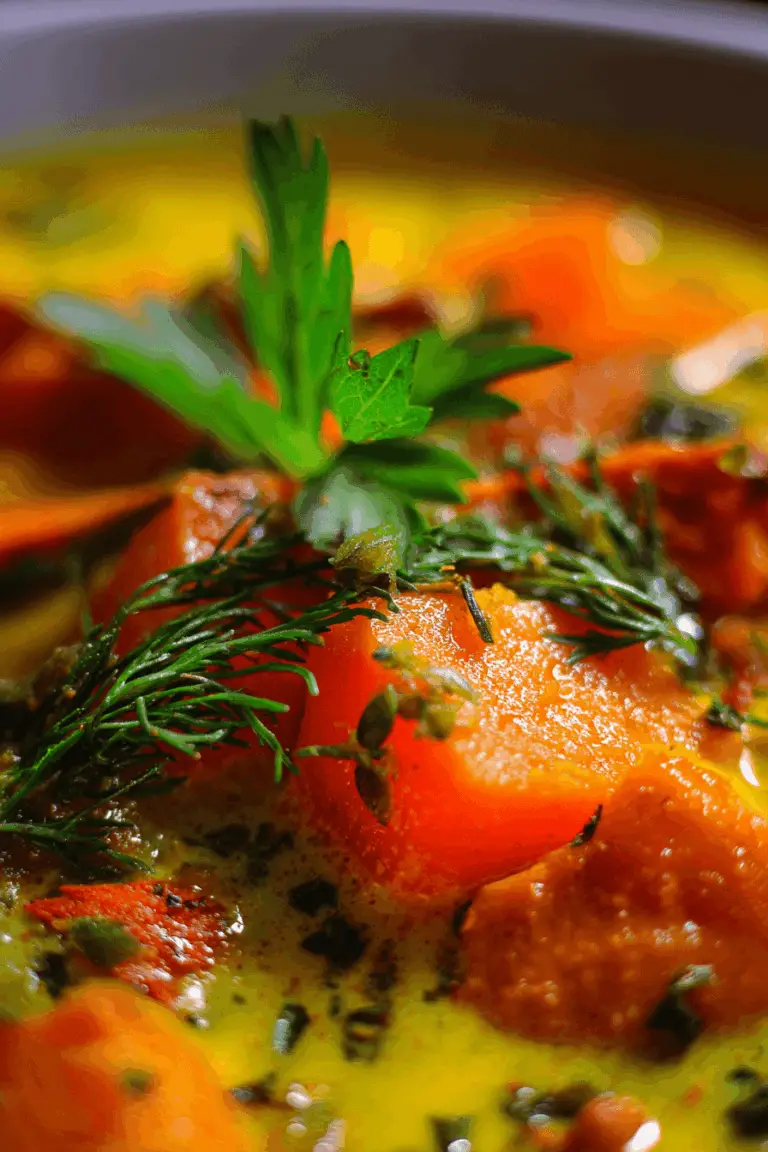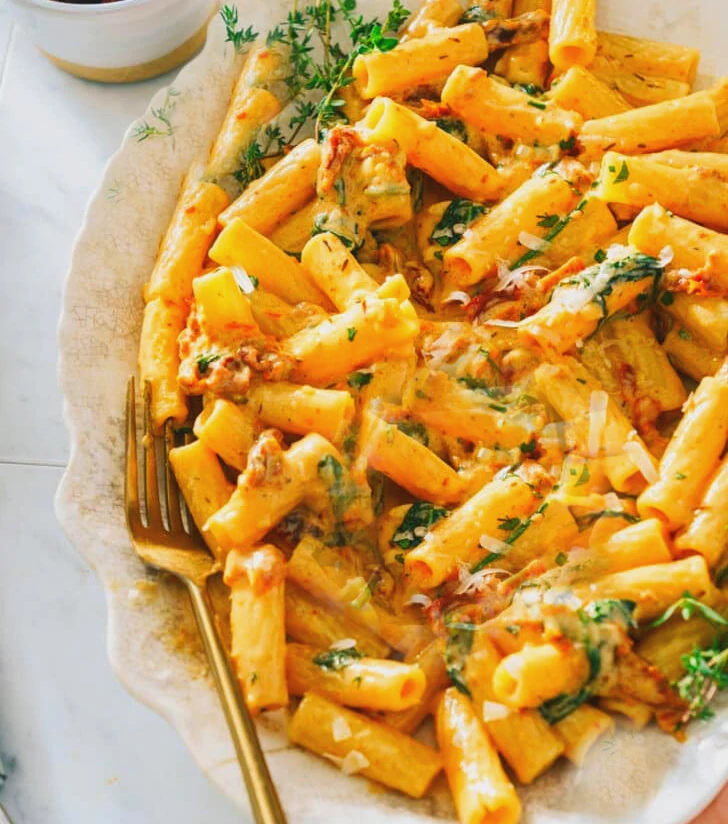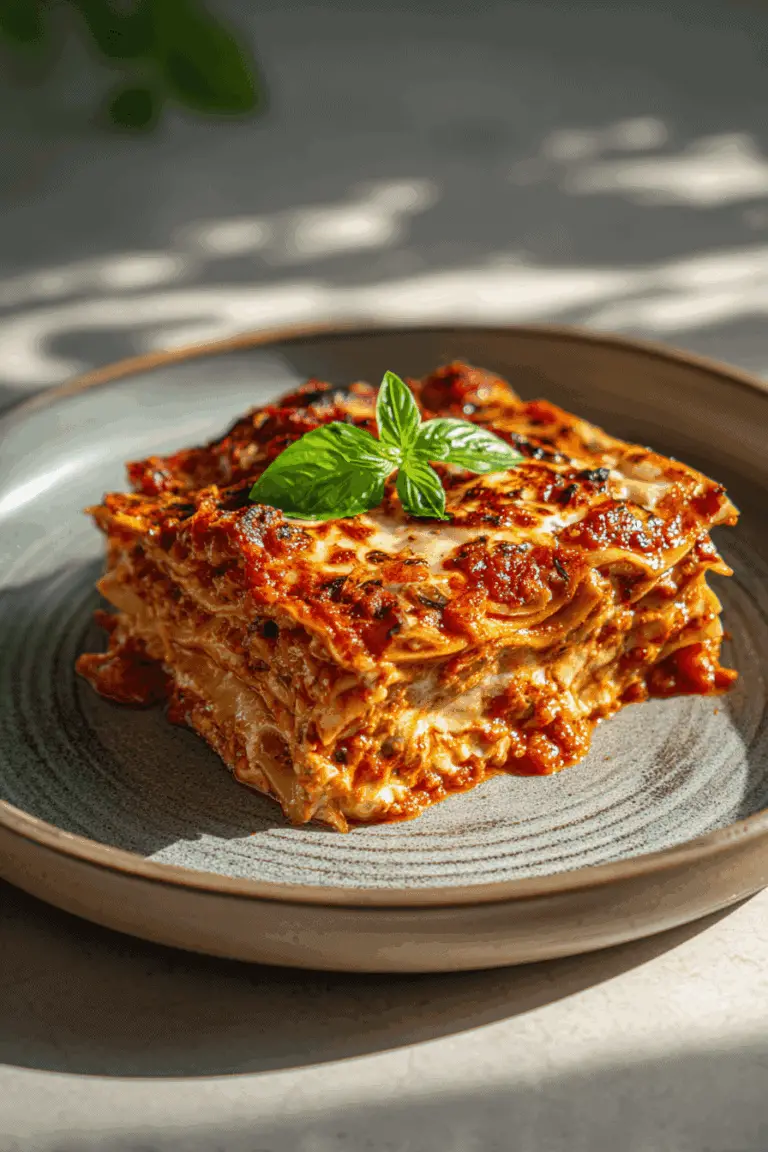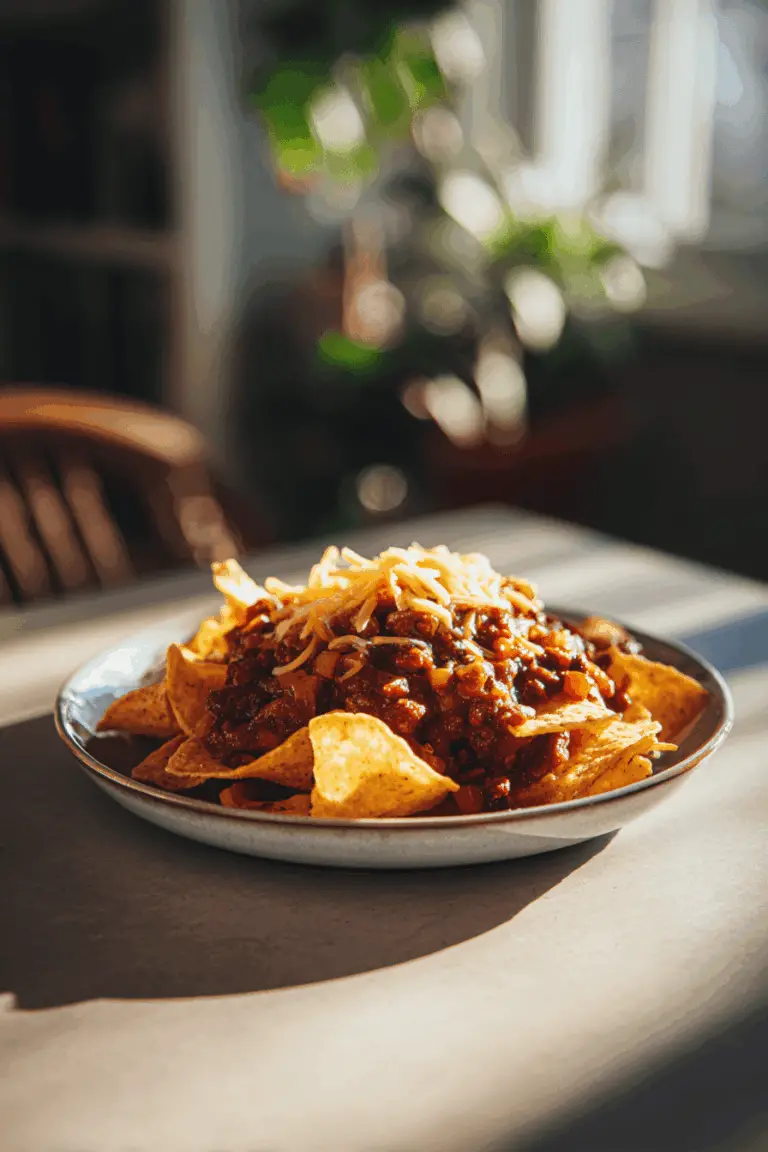Easy Pav Bhaji Recipe for Quick Homemade Dinner
Easy Pav Bhaji Recipe for Quick Homemade Dinner If you’re craving something warm, comforting, and fabulously flavorful, pav bhaji is an absolute winner. This Mumbai street food classic is like a hug in a bowl — spicy, buttery mashed veggies piled onto soft buns (pav) and loaded with vibrant toppings. Best part? You can whip…
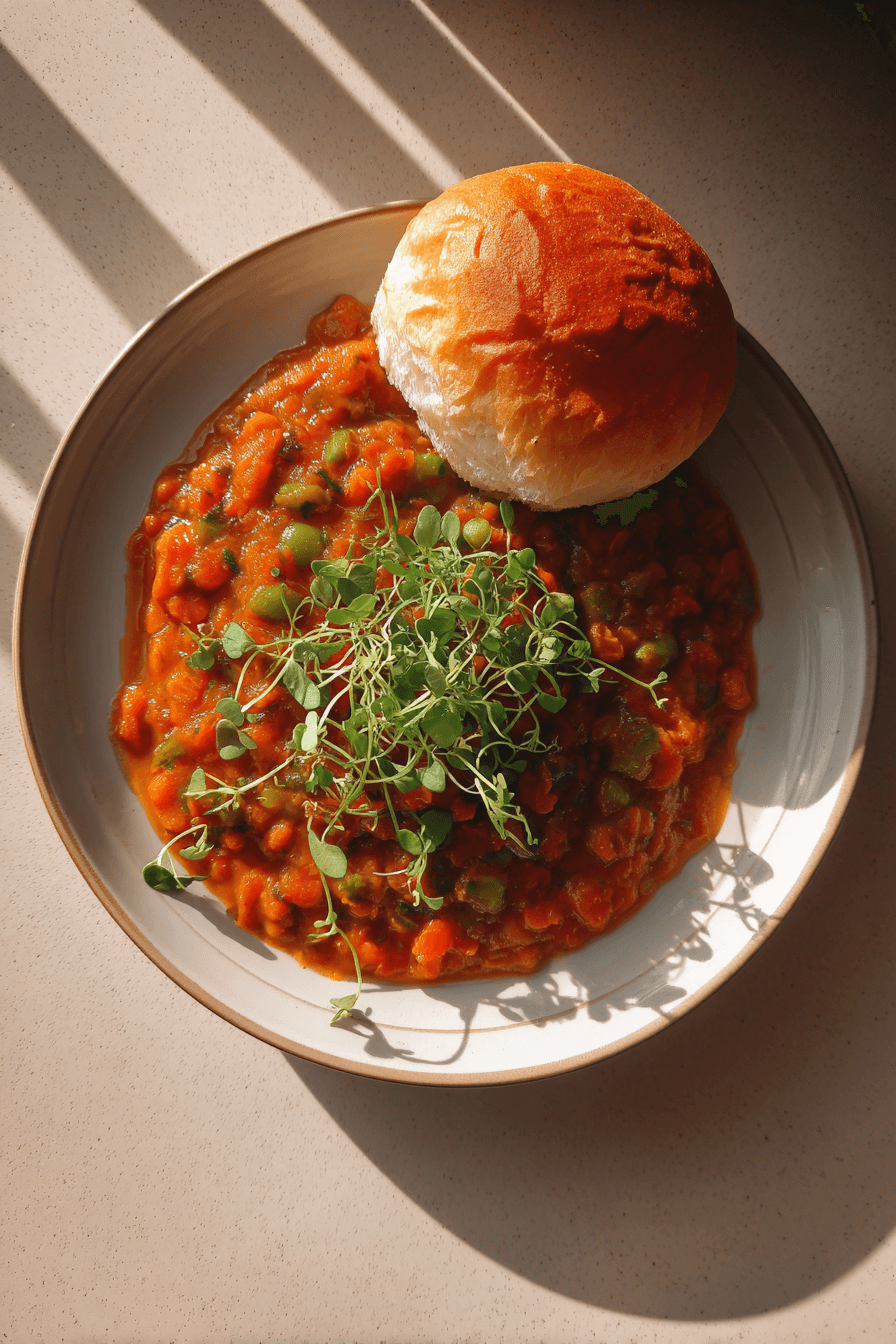
Easy Pav Bhaji Recipe for Quick Homemade Dinner
If you’re craving something warm, comforting, and fabulously flavorful, pav bhaji is an absolute winner. This Mumbai street food classic is like a hug in a bowl — spicy, buttery mashed veggies piled onto soft buns (pav) and loaded with vibrant toppings. Best part? You can whip it up for a cozy weeknight dinner in just about 40 minutes. Whether you’re new to Indian recipes or just want a quick dinner solution, this easy pav bhaji recipe will satisfy your cravings and leave you with happy, full hearts!
—
**Image: Pav bhaji served in a rustic metal plate with a dollop of butter, lemon wedges, and crispy buns on the side — natural window light.**
—
Why Make Pav Bhaji at Home?
With inflation hitting restaurant menus and takeout apps alike, cooking a healthy, affordable dinner at home just makes sense. Pav bhaji is naturally vegetarian (and can be made vegan), wallet-friendly, and packed with nutrition from assorted veggies. It’s also the perfect meal for meal prep, a family dinner, or hosting friends — everyone loves building their own spicy buns!
Let’s dive into the best homemade pav bhaji—no fancy ingredients, minimal fuss, maximum satisfaction.
—
What is Pav Bhaji?
Pav bhaji might be Mumbai’s most iconic street food. It’s made from a spicy vegetable mash (the “bhaji”), balanced with a special blend of pav bhaji masala, and served alongside butter-toasted bread rolls called “pav.” Squeeze some lemon, add chopped onions and cilantro, and you’ll understand why this dish is so beloved across India.
**Fun fact:** “Pav” comes from the Portuguese word for bread, while “bhaji” simply means mixed vegetables.
—
Which Vegetables Go Into Easy Pav Bhaji?
The beauty of pav bhaji is its flexibility. The classic recipe typically includes potatoes, cauliflower, peas, carrots, and green bell peppers. But you can absolutely use what’s in your fridge!
Here’s a list of common veggies and how they contribute:
– **Potatoes:** Creamy base, thickens the bhaji
– **Cauliflower:** Nutrient boost, absorbs spices well
– **Carrots:** Subtle sweetness
– **Green peas:** Pops of color & protein
– **Green bell pepper:** Signature flavor & crunch
– **Tomatoes:** Tang and color
Don’t have all of these? Swap what you need — see the table below for easy ingredient swaps!
| Original Ingredient | Swap With |
|---|---|
| Potatoes | Sweet potatoes, turnips, or parsnips |
| Cauliflower | Broccoli, zucchini |
| Carrots | Pumpkin, squash |
| Peas | Edamame, chopped green beans |
| Bell pepper | Red or yellow capsicum, poblano |
| Butter | Vegan butter or olive oil |
—
Essential Pav Bhaji Masala & Spices
The one pantry item you really can’t skip is **pav bhaji masala** — a fragrant, slightly smoky Indian spice blend. You’ll find it in most Indian kitchens, online, or at South Asian grocery stores. The blend typically includes coriander, cumin, fennel, cinnamon, cardamom, and dried mango powder.
If you can’t find it, a mix of **garam masala + a little smoked paprika** will work in a pinch (but for the real deal, pav bhaji masala is worth seeking out!).
Other must-haves:
– Cumin seeds
– Turmeric
– Red chili powder or cayenne
– Ginger garlic paste (or fresh minced)
—
Step-By-Step Guide: How to Make Easy Pav Bhaji at Home
This foolproof, one-pot recipe is perfect for busy people — you’ll need just a chopping board, a large pan or skillet, and about 40 minutes of time!
Cooking Tips for the Best Pav Bhaji Experience
- Cook the veggies until super soft: This makes mashing easier and creates that creamy texture everyone loves.
- Don’t skimp on butter: That buttery flavor is key! For vegan, use your favorite plant butter.
- Taste and adjust spice at the end: Some like it mild, others want a fiery kick. Adjust to your liking!
- Toast the pav buns on a skillet with butter for maximum authenticity and flavor.
- Make it ahead: Bhaji actually tastes better the next day as the flavors meld.
—
Pav Bhaji Toppings & Add-Ons
The fun part is dressing up your pav bhaji at the table! Here’s what I recommend:
– Fresh chopped onions
– Squeezed lemon or lime wedges
– Chopped cilantro
– Extra butter (for that iconic street-vendor flourish)
– Crispy sev (chickpea vermicelli) for crunch
These toppings not only add zing but make every bite totally customizable.
—
Nutritional Benefits of Homemade Pav Bhaji
Pav bhaji is rich in dietary fiber (thanks to all those veggies), vitamins, and minerals. By making it at home, you control the amount of butter and oil, and load it up with nutrient-dense ingredients.
Here’s an approximate breakdown for one serving (bhaji + two buns):
| Nutrient | Amount per serving |
|---|---|
| Calories | 350 kcal |
| Carbohydrates | 56g |
| Protein | 8g |
| Total Fat | 9g |
| Fiber | 7g |
—
Common Mistakes to Avoid When Making Pav Bhaji
Even seasoned cooks make these classic mistakes! Keep these pointers in mind:
- Not mashing enough: The bhaji should be smooth, not chunky.
- Using too little water: Add water if the mix gets too thick — it should be saucy, not dry.
- Overcooking the pav: Just a light golden toast, not hard or burnt!
- Skipping toppings: They are essential for true street-food flavor. Don’t forget them!
—
FAQ: All About Easy Pav Bhaji
—
Easy Pav Bhaji Recipe
Prep Time: 15 minutes
Cook Time: 25 minutes
Total Time: 40 minutes
Serves: 4
Ingredients
- 3 medium potatoes (about 400g), peeled and chopped
- 1 cup cauliflower florets
- 1 medium carrot, diced
- 1/2 cup green peas (fresh or frozen)
- 1 green bell pepper, chopped
- 2 large ripe tomatoes, diced
- 1 medium onion, finely chopped
- 1 tbsp ginger garlic paste (or 2 tsp each minced ginger & garlic)
- 2 tbsp pav bhaji masala (or see notes)
- 1 tsp red chili powder (or to taste)
- 1/2 tsp turmeric powder
- 1 tsp cumin seeds
- 2 tbsp unsalted butter (plus more for buns & garnish; sub vegan butter if needed)
- Salt to taste
- 1/4 cup fresh cilantro, chopped
- 1 tbsp lemon juice
- 8 pav buns (soft dinner rolls; use gluten-free if needed)
Optional Toppings:
- Extra butter
- Chopped onions
- Lemon wedges
- Chopped cilantro
- Crispy sev (optional, for crunch)
Instructions
- Boil potatoes, cauliflower, carrots, and peas in a pot with enough water until very soft (about 10-12 minutes). Drain and set aside.
- While the veggies cook, heat 2 tbsp butter in a large skillet or pan. Add cumin seeds and chopped onion. Sauté until translucent (2-3 min).
- Add ginger garlic paste, bell pepper, and sauté for another 2 minutes until aromatic.
- Mix in chopped tomatoes, pav bhaji masala, chili powder, turmeric, and salt. Cook until tomatoes become soft and pulpy (about 5 minutes).
- Add the boiled veggies to the skillet. Mash everything together with a potato masher or back of a spoon—keep mashing and mixing until mostly smooth.
- Add 1/2 cup water (more if needed) and simmer on low for 8-10 minutes, stirring and mashing frequently. It should look creamy and slightly saucy.
- Taste and adjust spice or salt as needed. Stir in lemon juice and cilantro at the end.
- For the pav: Slice the buns, spread with butter, and toast on a skillet until golden.
- To serve: Spoon bhaji into bowls, top with extra butter, onions, cilantro, and lemon wedges. Enjoy with butter-toasted pav!
—
Nutrition Information (per serving, approx.):
| Nutrient | Amount |
|---|---|
| Calories | 350 kcal |
| Carbohydrates | 56g |
| Protein | 8g |
| Fat | 9g |
| Fiber | 7g |
—
Now it’s your turn: Try this quick pav bhaji for your next homemade dinner and bring the flavors of Mumbai to your table! If you loved this easy recipe, please save it on Pinterest for a busy weeknight, share it in your cooking group, or send it to a friend on WhatsApp. Happy cooking — and don’t forget lots of butter on your pav!

